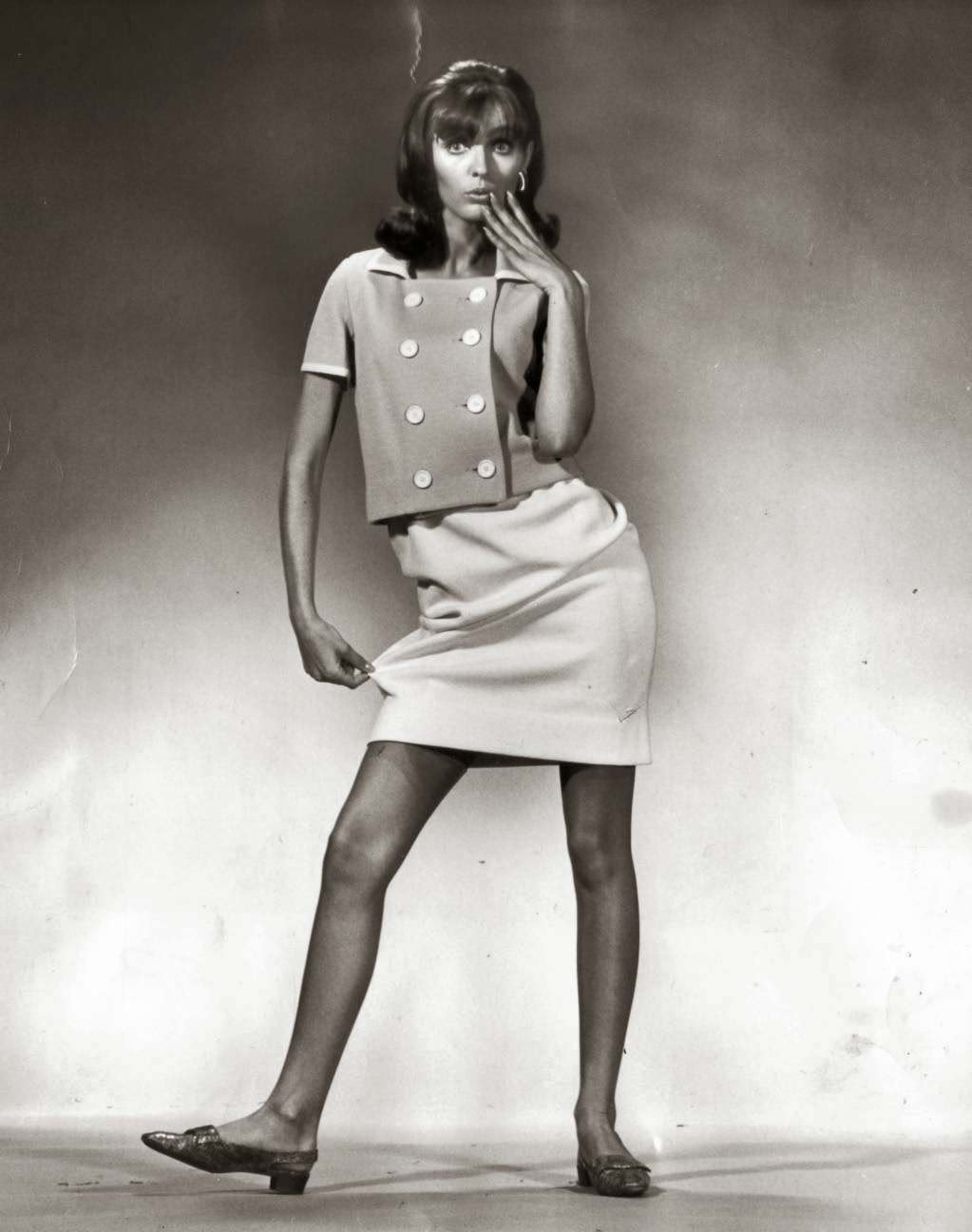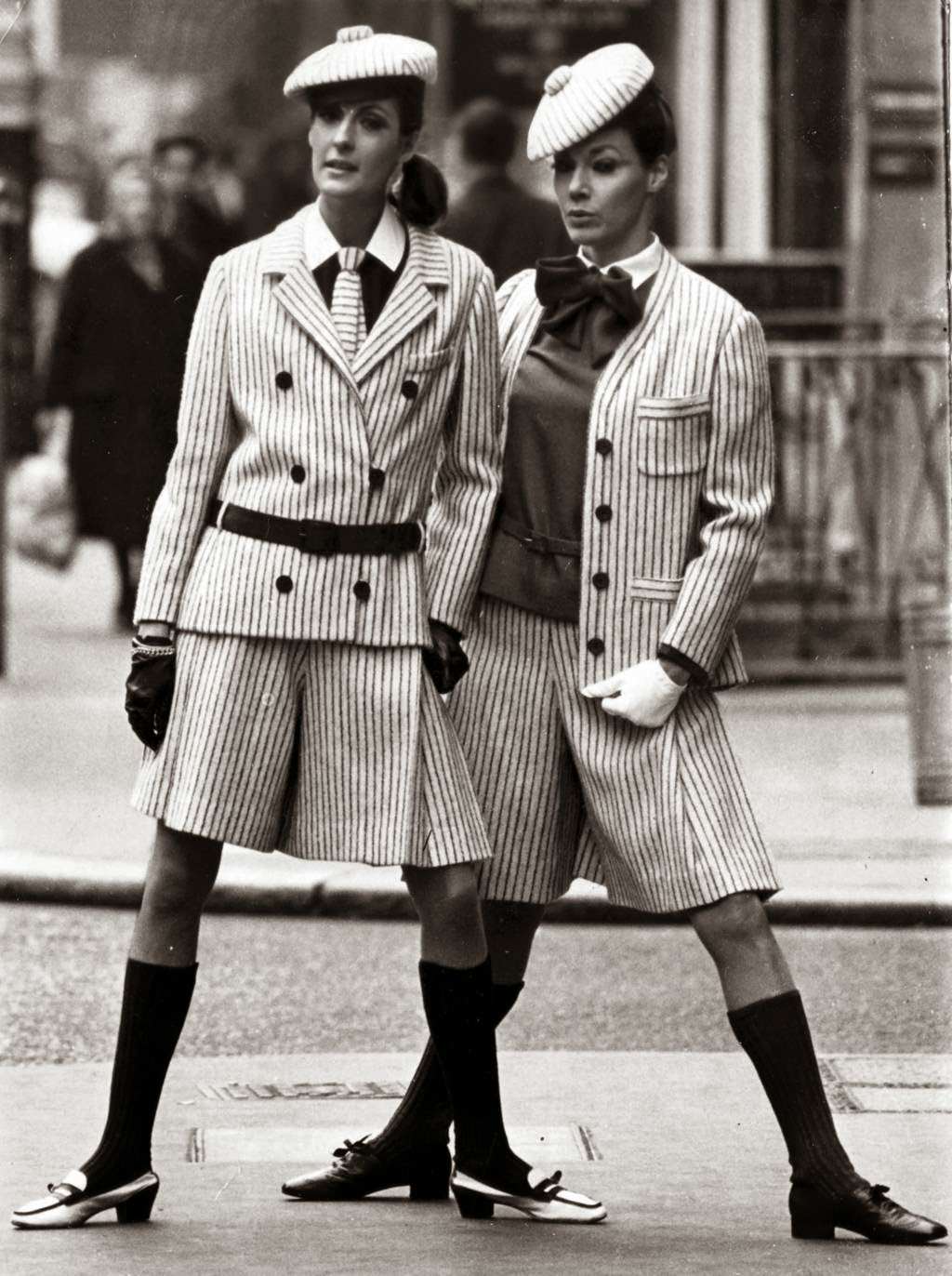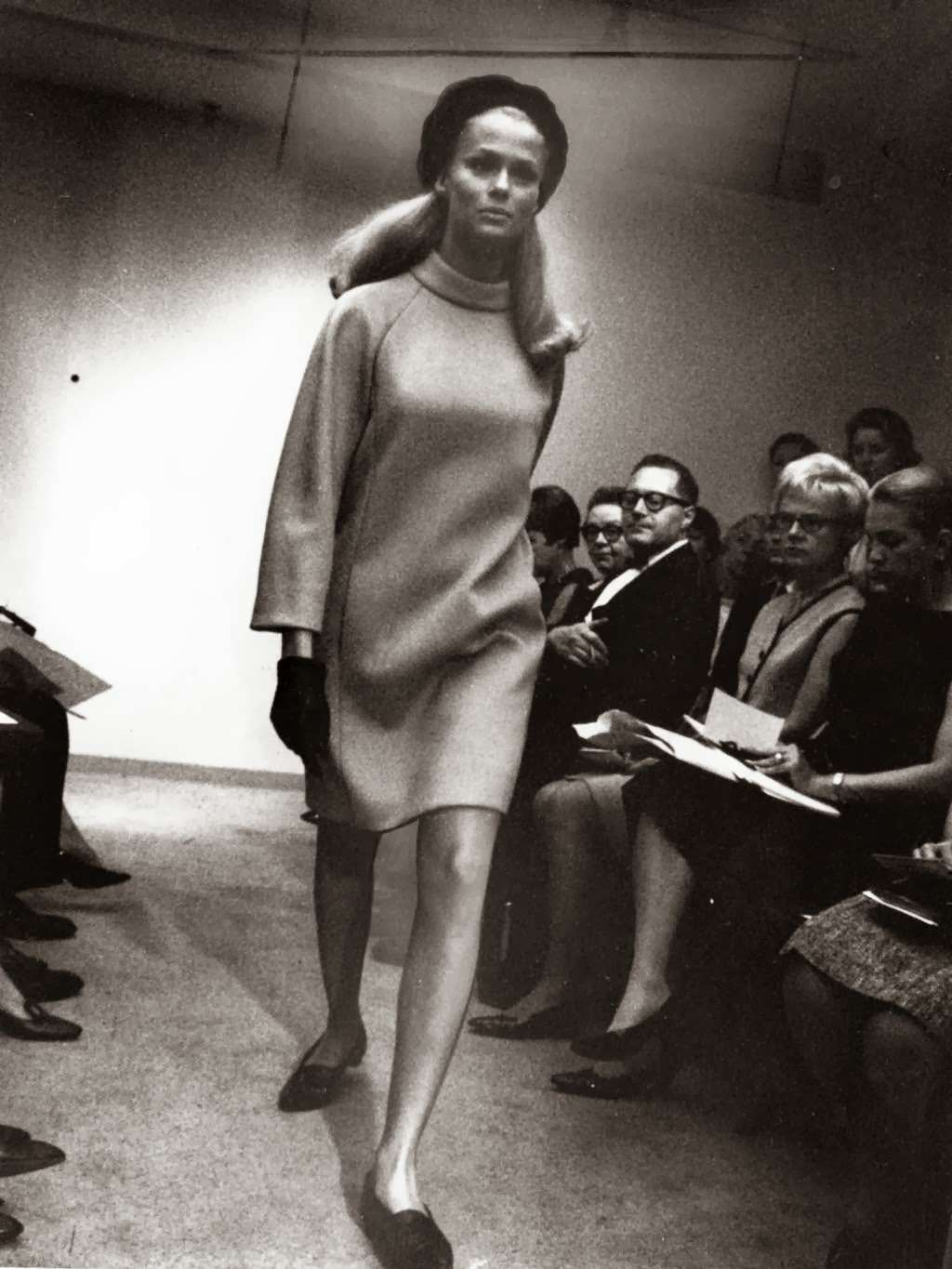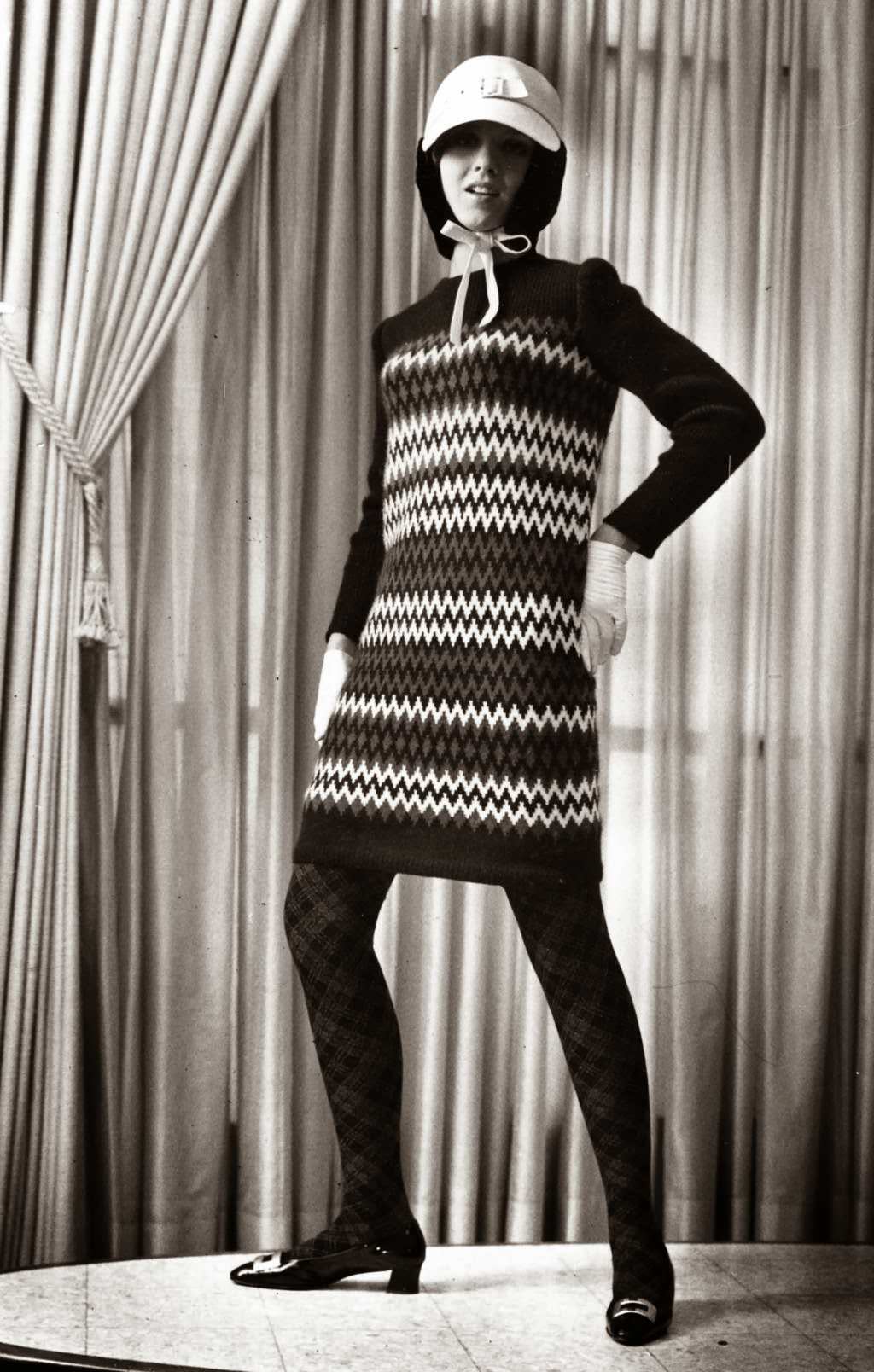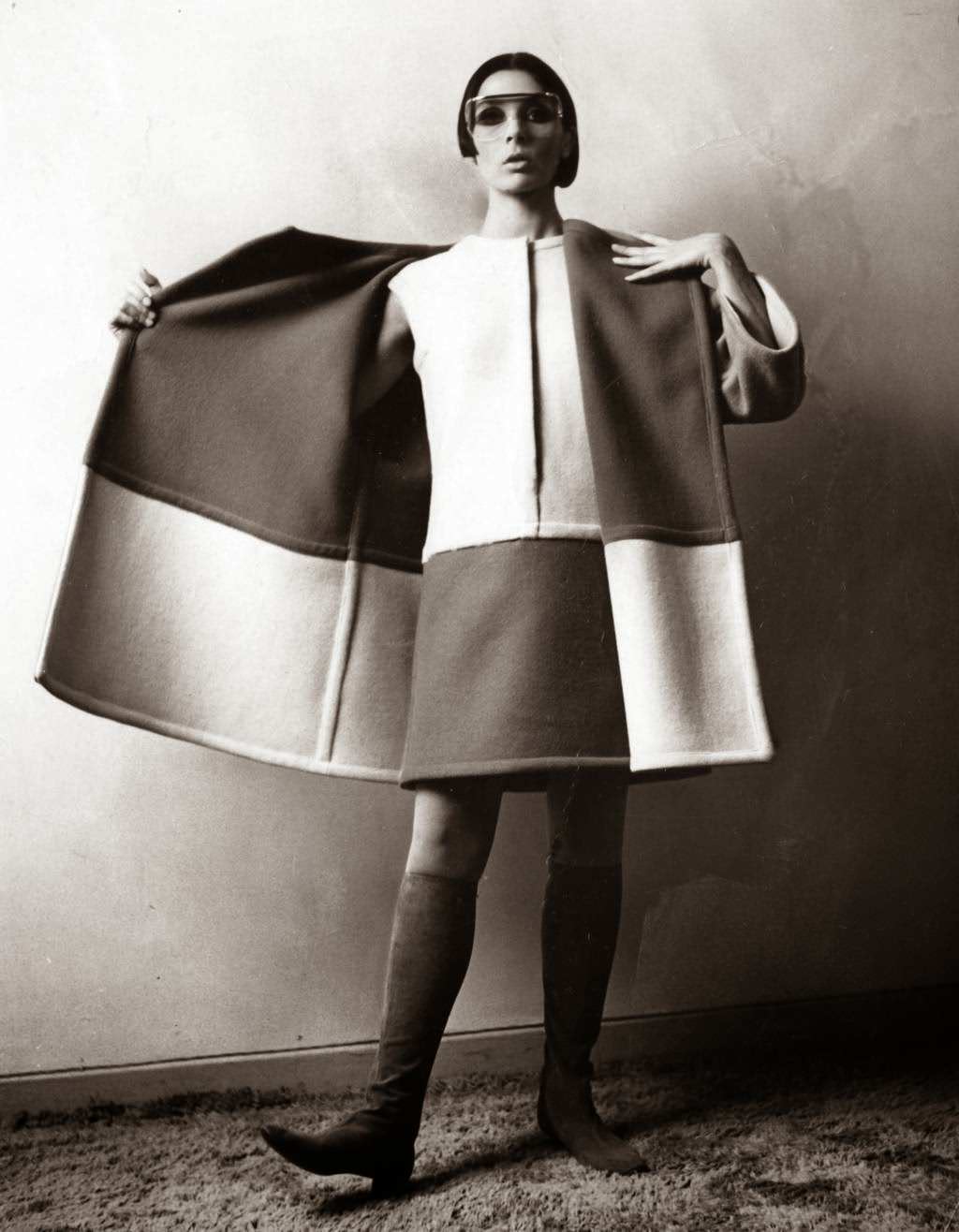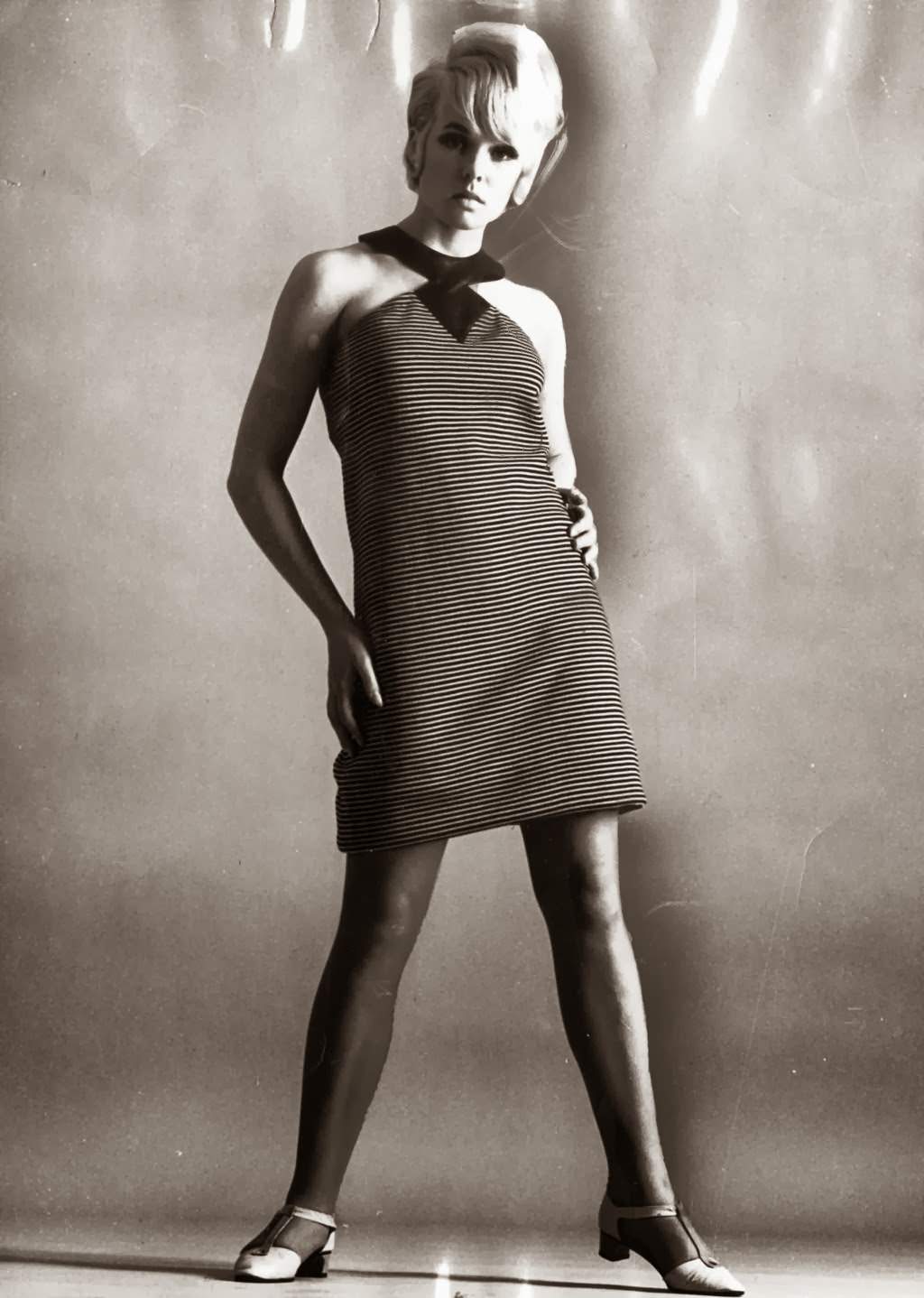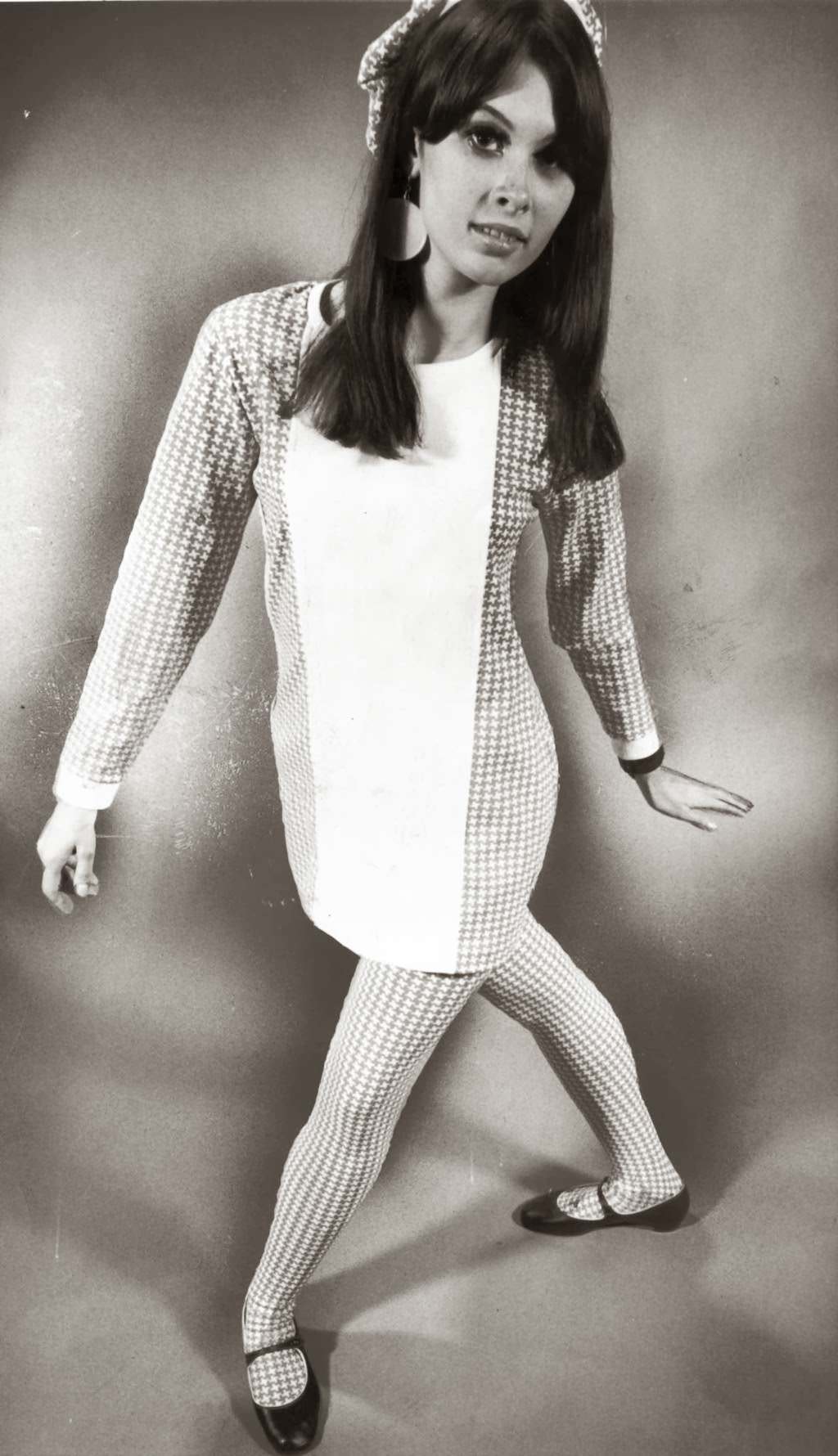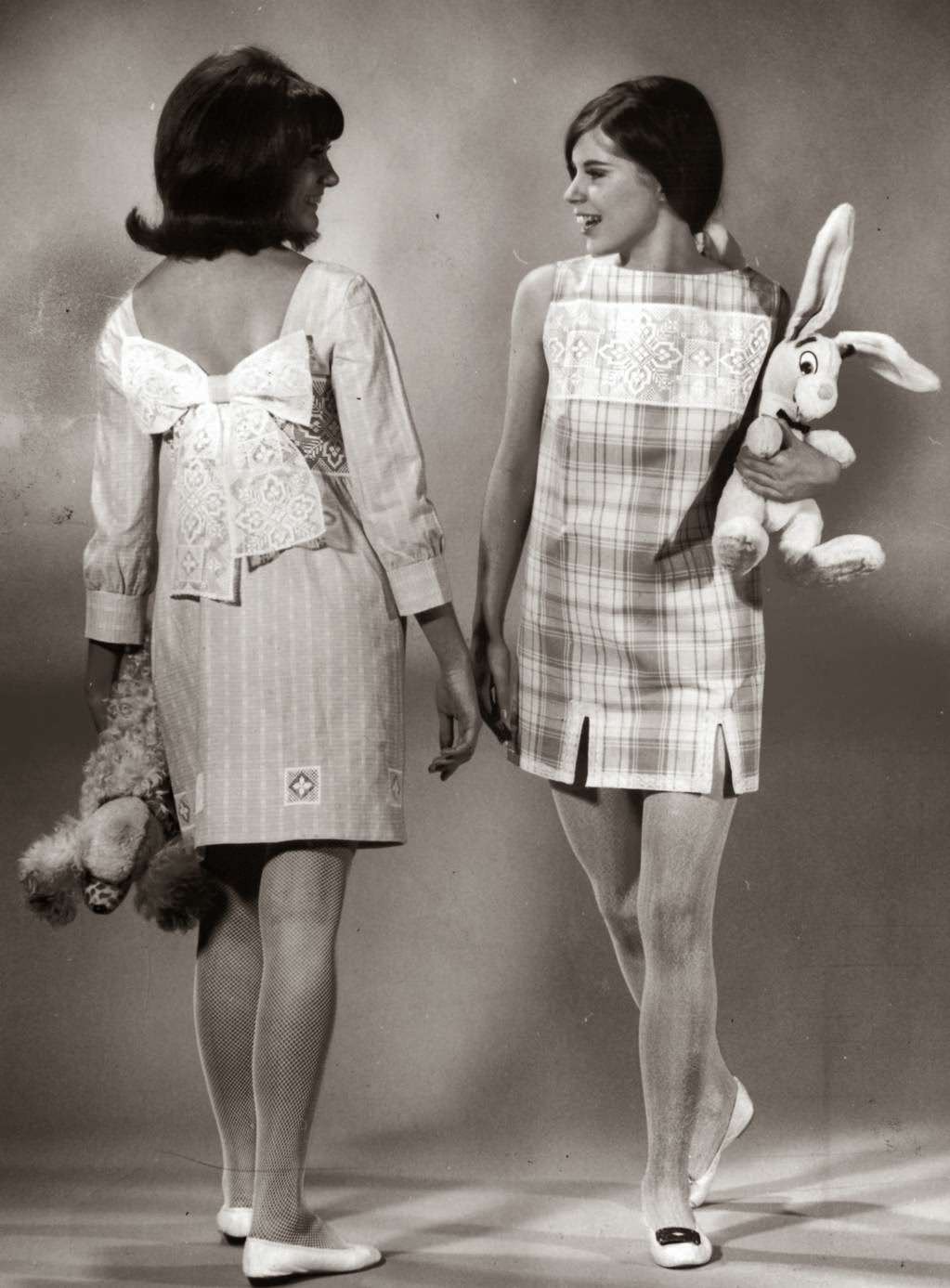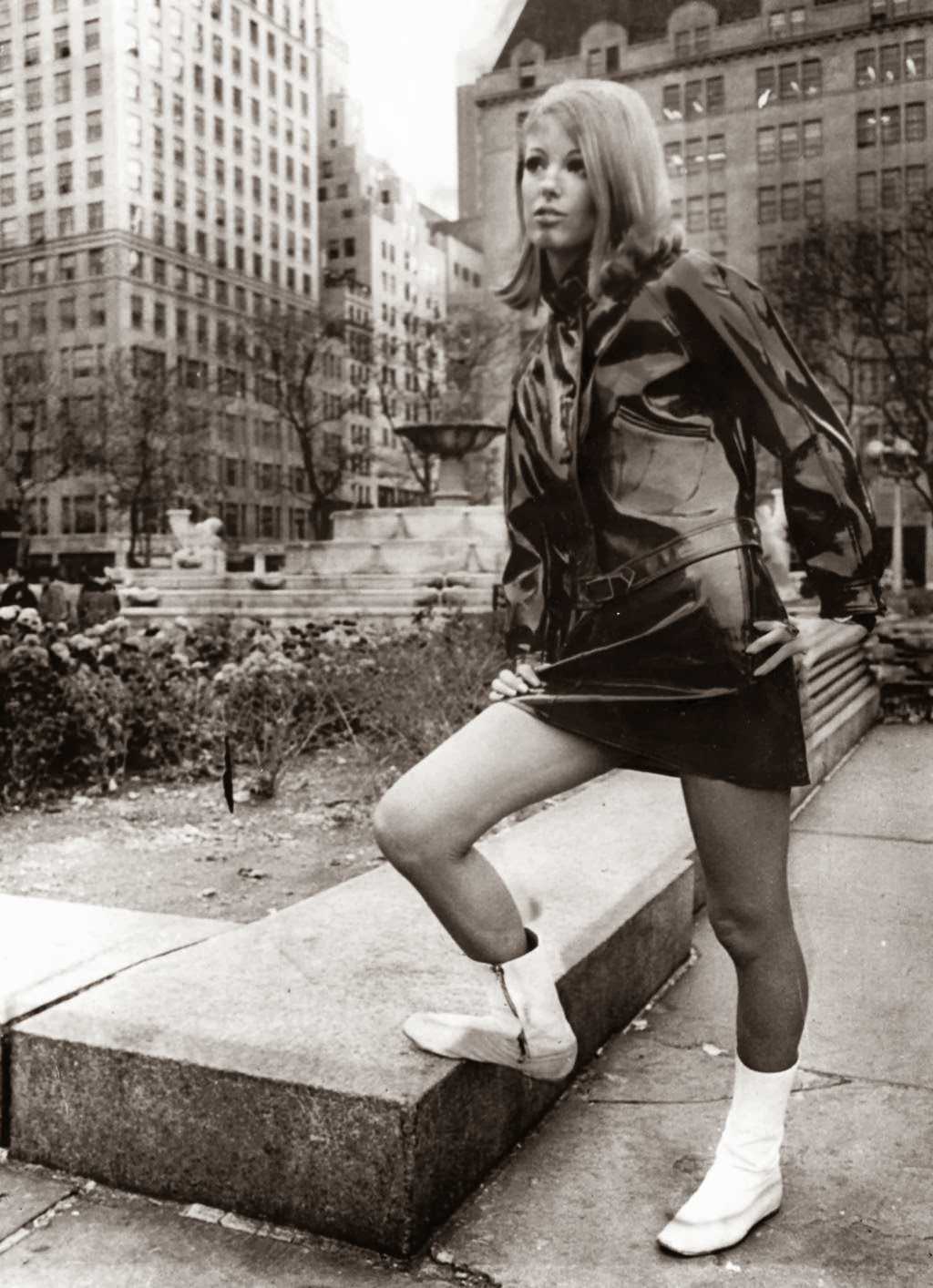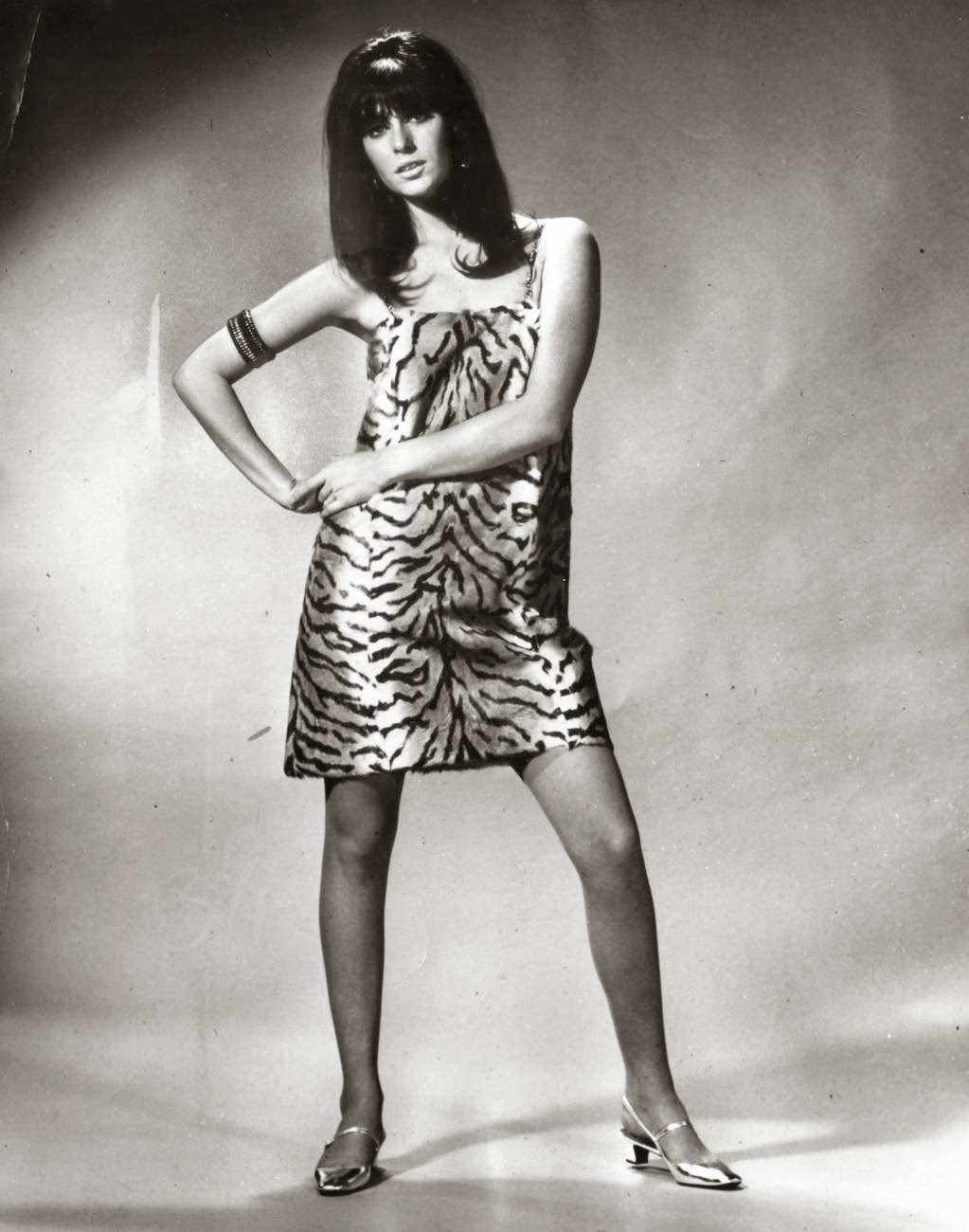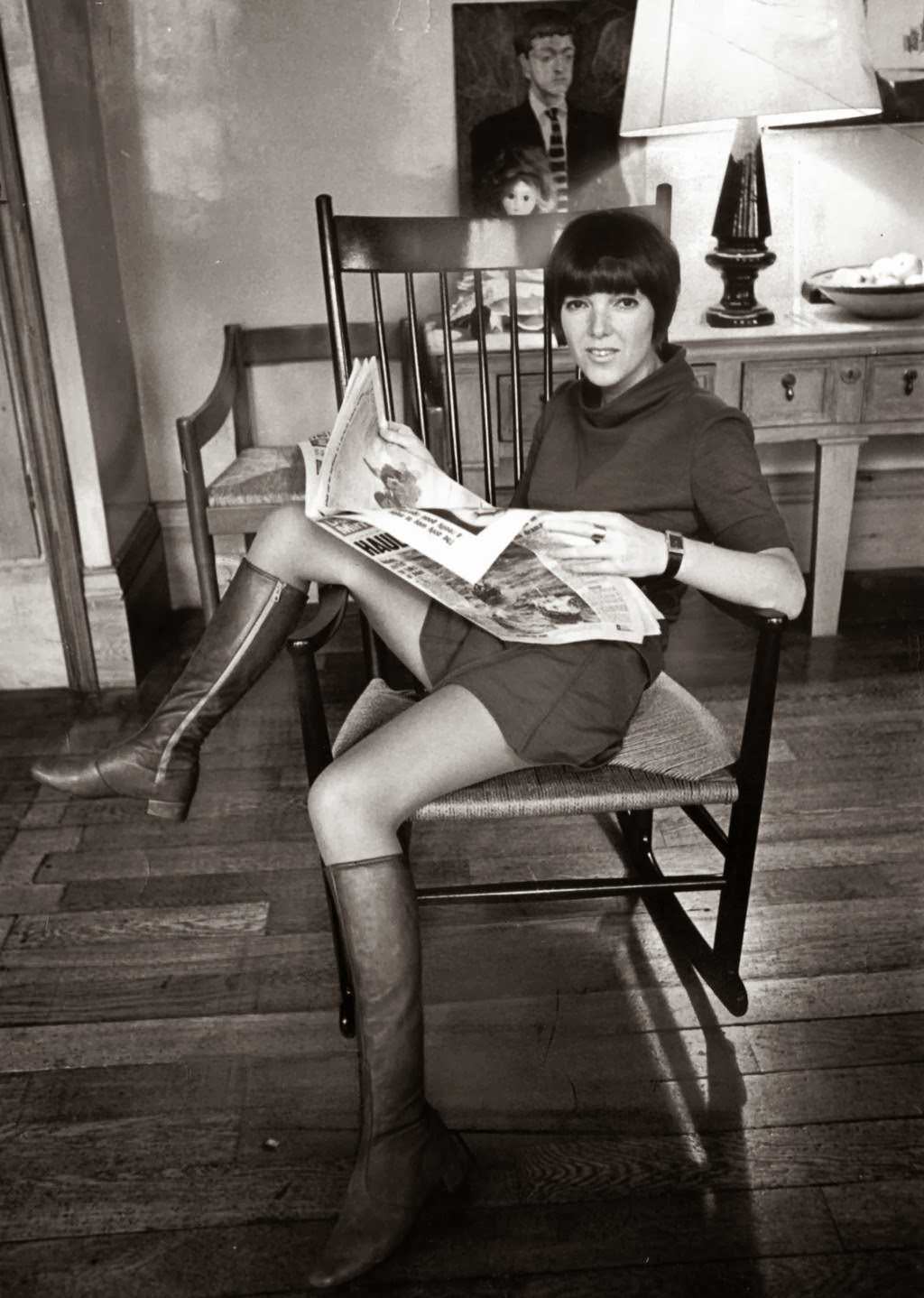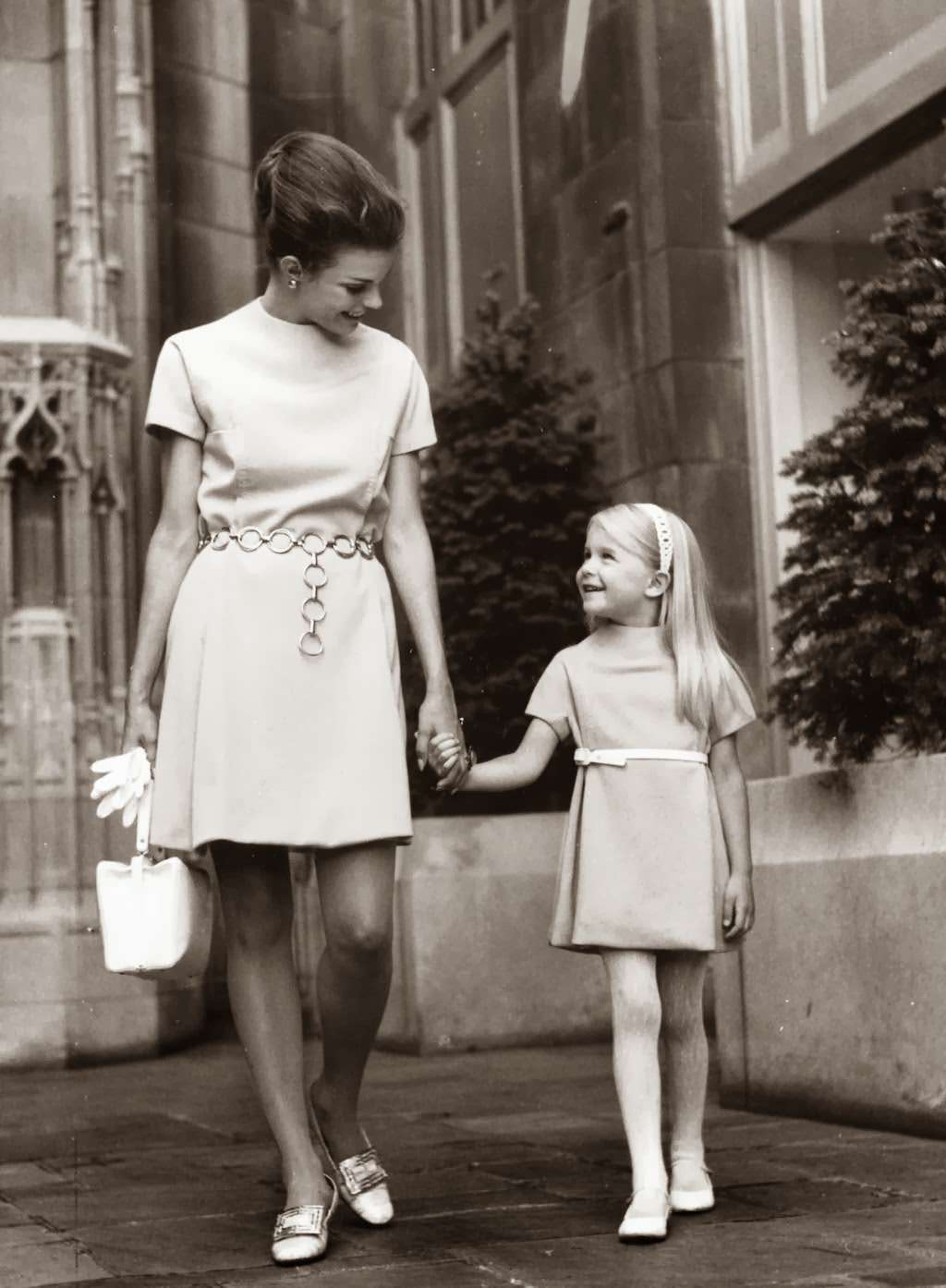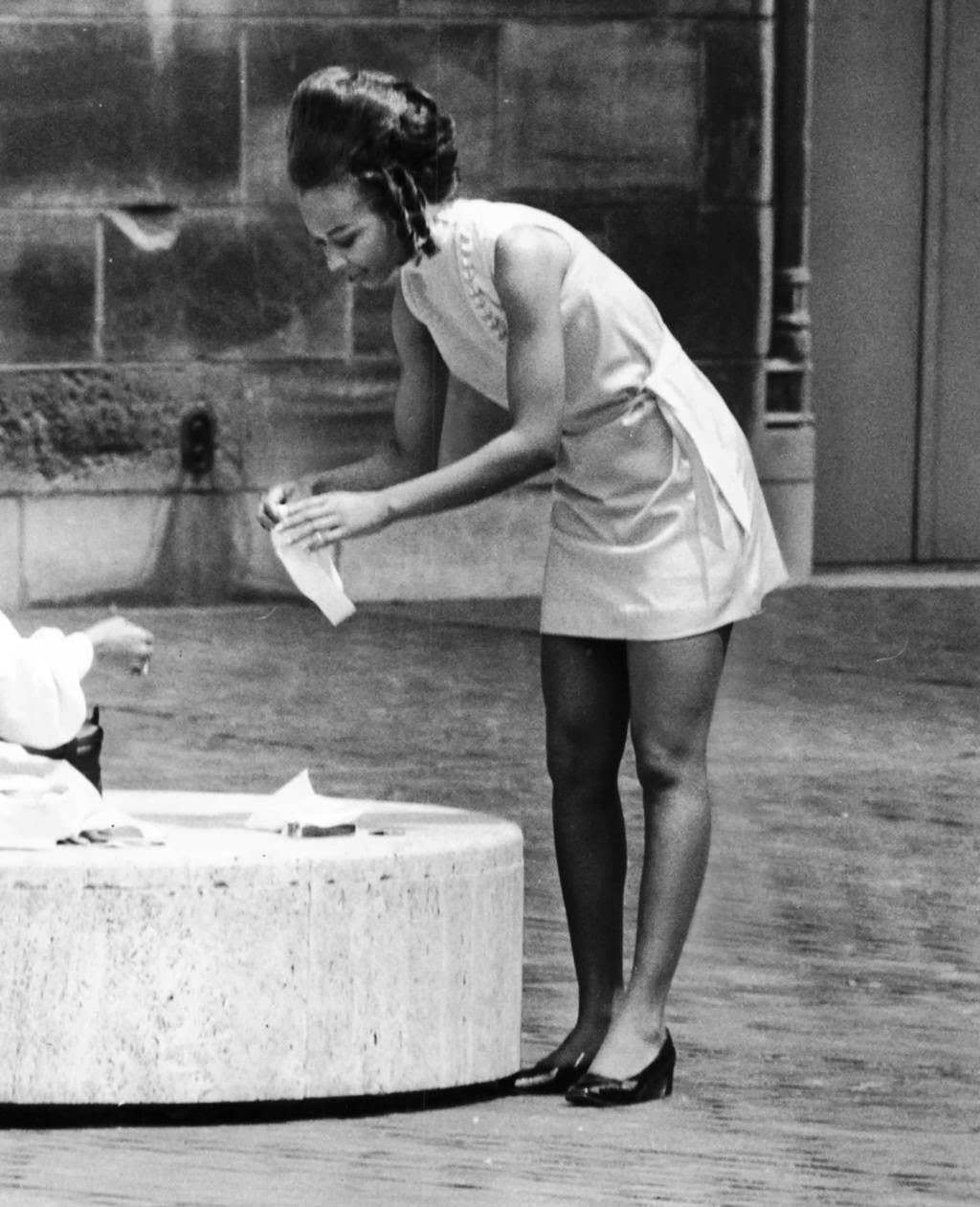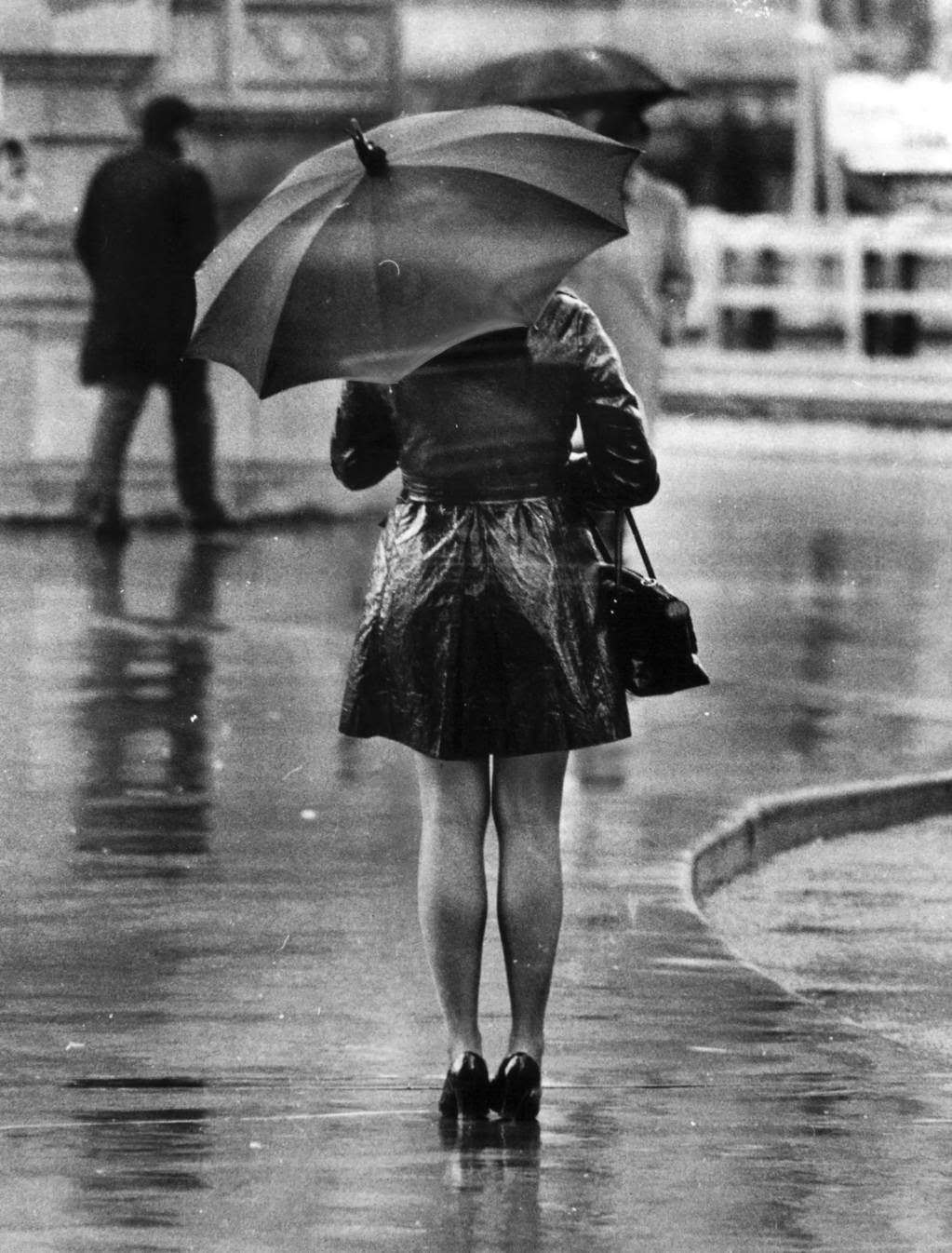The 1960s marked a dramatic shift in fashion, and no single garment captured this change more than the miniskirt. This new, shorter hemline became a symbol of youth, freedom, and a break from the conservative styles of the previous decade. Its adoption was not just a fashion choice; it was part of a wider cultural movement that challenged traditional norms.
A New Hemline for a New Generation
The miniskirt is most famously associated with British designer Mary Quant, who introduced the daringly short skirt at her London boutique, Bazaar, in the early 1960s. Quant’s designs were aimed at a new youth market that rejected the formal, structured clothing worn by their parents. The skirt’s hemline, which often sat four to seven inches above the knee, offered a sense of freedom and mobility that was new to women’s fashion. In Paris, designer André Courrèges also presented short skirts as part of his futuristic, space-age collections.
The silhouette of the 1960s miniskirt was typically simple. It often featured an A-line shape, which flared out gently from the hips, or a straight, simple cut. The skirts were made from a variety of modern materials, including wool crepe, PVC for a high-gloss, wet look, and cotton. They were produced in a wide range of bold, solid colors like orange and yellow, as well as graphic patterns like houndstooth and geometric prints.
Read more
How the Miniskirt Was Worn
The way the miniskirt was styled was just as important as the skirt itself. The shorter length made traditional stockings, which required a garter belt, impractical. As a result, pantyhose and tights became essential parts of the look. These were not just functional; they were a key fashion accessory. Women wore tights in a rainbow of bright, opaque colors like red, blue, and white, or with bold patterns like stripes, checks, and floral prints.
Footwear was also critical to the overall silhouette. The miniskirt was almost always paired with low-heeled shoes or boots. Go-go boots, which were typically white, mid-calf, and had a low, blocky heel, became the signature footwear of the era. Flat, Mary Jane-style shoes were another popular choice. This combination of a short skirt and low-heeled footwear created a youthful, almost childlike look that was a sharp contrast to the high heels and pencil skirts of the 1950s. On top, miniskirts were often worn with simple, high-necked tops like turtlenecks or sleeveless shells.
A Symbol of Change
The appearance of the miniskirt sparked considerable debate. For many young women, it was a symbol of liberation. It represented a break from the past and an embrace of a more active and independent lifestyle. The fashion was championed by youth icons of the era, such as the supermodel Twiggy, whose thin, androgynous frame became the ideal physique for the new styles.
However, the look was met with resistance from more conservative parts of society. Schools and workplaces established dress codes specifically to ban skirts that were deemed too short. Older generations often viewed the style as shocking and inappropriate. This controversy only added to the miniskirt’s appeal for the young people who saw it as a form of rebellion and a clear visual statement of their new identity.


